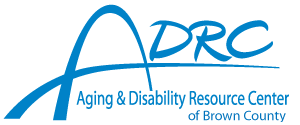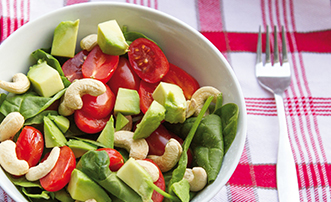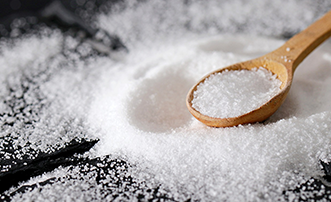We’ve all had wounds and most heal quickly without infection when we have a healthy immune system and consume a well-balanced diet. Healthful food choices may help with recovery by providing the energy, vitamins, minerals, and protein requirements your body needs.
Here are some tips to help promote wound healing:
Plan healthy, well-balanced meals
With the help of MyPlate, it’s easier to know how to build a balanced plate. Be sure to include protein for cell regeneration, fruit and vegetables for many vitamins and minerals, and dairy and grains for additional protein and vitamins.
Choose fruits and vegetables high in vitamin C
Vitamin C is essential for wound healing as it helps with the formation of collagen, which is the structural component of connective tissue such as skin and cartilage.
- Strawberries, spinach, broccoli, cauliflower, kale, kiwi, sweet potatoes, and tomatoes
Choose whole grains and meats that are rich in zinc
Our bodies do not store zinc, so we need to get an adequate amount in our diet each day. Zinc promotes wound healing by membrane repair, inflammation and immune defense, and tissue regeneration.
- Red meat including beef, lamb and pork, shellfish, nuts, seeds, quinoa, rice and oats
Include protein into your diet at all meals and snacks
Protein plays a major role in building and repairing muscle, skin, and other body tissues.
- Meat, seafood, poultry, dairy, eggs, and beans
Stay hydrated with water or other unsweetened beverages
Water is the main component that makes up cells. When you are hydrated, your body develops new cells and increases the growth of new tissue.
- Try fresh fruit infused water to give your water a little flavor and sweetness.
Control blood sugar levels
For those with diabetes, control blood sugar levels to help prevent wounds from developing and to support healing and recovery.
Sample Menu
Here is a sample of a menu that contains many nutrients needed to promote wound healing:
- Breakfast: Scrambled eggs or egg omelet with cheese and veggies such as peppers, spinach, and tomatoes.
- Lunch: Chicken or tuna salad sandwich on whole grain bread with fresh fruits and vegetables, or a salad with spinach, meat, beans, grains, cheese, and other fruits or vegetables. Mix it up and make it your own with many different options!
- Dinner: Pork chop or fish with a side of sweet potatoes, brown rice or quinoa, and a fruit or vegetable.
- Snack: Yogurt (choose a yogurt with minimal ingredients and 7g or less of sugar), cheese, mixed nuts, fresh fruits, and vegetables.
- Remember to drink plenty of fluids!
Consult your doctor or a registered dietitian if considering adding a vitamin supplement to your diet.




